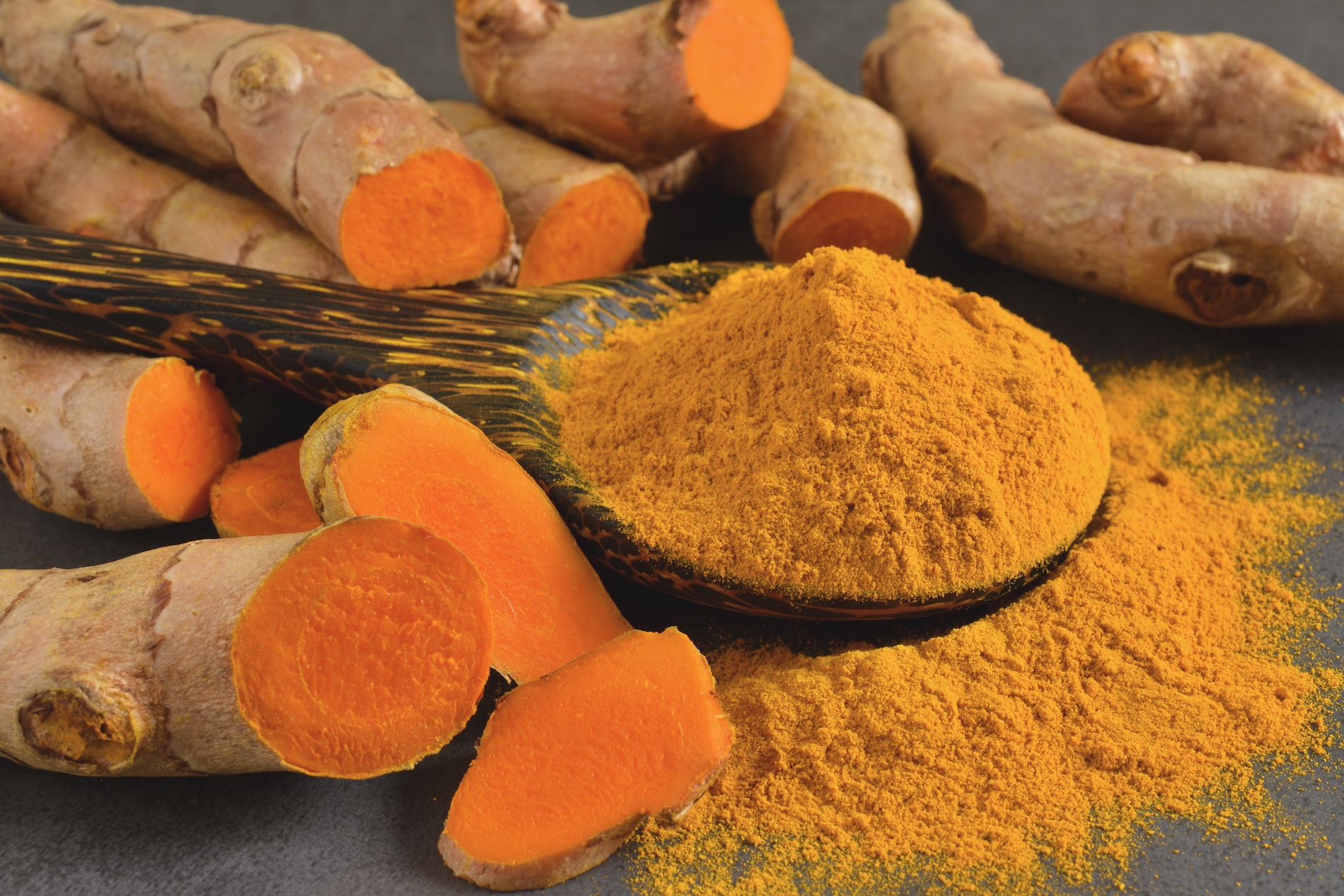Bright orange when fresh, rich amber when dried: Just a pinch of turmeric instantly kicks up both colour and flavour in the kitchen.
Deep roots
Turmeric is the rhizome of a plant (curcuma longa) that’s related to ginger, which is obvious when you place the fresh roots side-by-side: both are knobby, covered with a thin brown skin that’s easily scraped away using a small spoon. Turmeric grows in small “fingers” that can be stored at room temperature, though keeping it in the fridge will extend its shelf life considerably.
Ancient colour
Humans have been cultivating turmeric for thousands of years, originally in India and Southeast Asia and now throughout the tropics. It was used as a dye for both clothing and food, and some foods are still coloured with it today, including prepared mustard. Be careful when you’re cooking with it: Turmeric will readily stain skin, clothing and work surfaces.
Poor man’s saffron
When Marco Polo found turmeric root in China in 1280, he described it as being similar to saffron in both colour and flavour. While he was wrong about the latter (turmeric is pungent and bitter, quite different than saffron’s subtle aromatics), turmeric is indeed a common inexpensive substitute for saffron. It’s sometimes called Indian saffron, as India produces the vast majority of the world’s turmeric supply.
Common as ketchup
Turmeric is widely used in Indian cooking as a main ingredient in curry powder as well as liberally in many other dishes. It is also widely used in condiments and other preparations throughout Asia and the Middle East. Chandra Johner, managing partner and owner of Sofra Authentic Turkish Cuisine, notes that turmeric is a staple in their kitchen. “In day-to-day cooking, it’s very popular in meats, marinades for meats, fish and in egg dishes,” she says.
